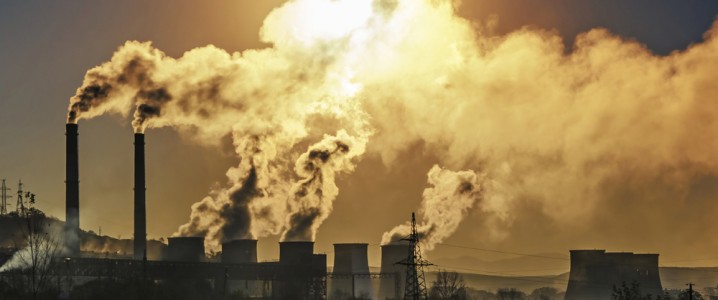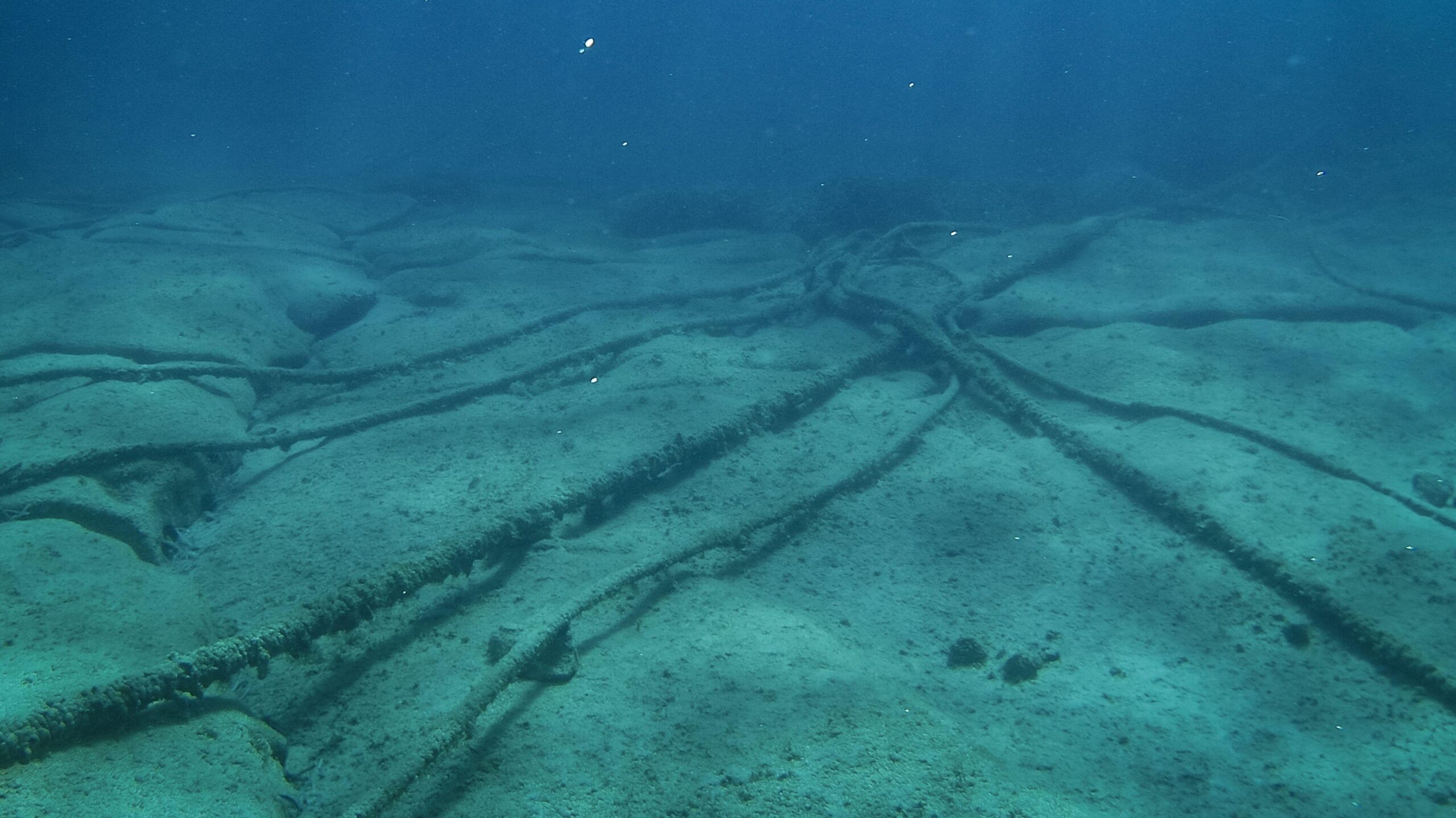EU leaders are debating a proposal to cut greenhouse gas emissions by 90% by 2040, exposing fractures within the bloc over how to achieve ambitious climate goals. As the European Union eyes net-zero status by 2050, this 2040 milestone has emerged as a critical step—and a point of contention.
EU Members Remain Deeply Divided Over 2040 Climate Targets

Key Takeaways:
- EU leaders are meeting this week to discuss the 2040 emissions reduction goal.
- The European Commission aims for a 90% cut in greenhouse gases compared to 1990 levels.
- A net-zero target for 2050 remains the EU’s overarching objective.
- Member states are divided on how aggressive the 2040 deadline should be.
- A revision clause allows future adjustments to the 2040 goal if necessary.
Proposed 2040 Emissions Target
European leaders convened this week to discuss one of the most ambitious climate objectives the bloc has ever set: reducing the European Union’s net greenhouse gas (GHG) emissions by 90% by 2040, relative to 1990 levels. This proposed move, championed by the European Commission, represents a significant benchmark on the path to the EU’s long-term goal of creating a net-zero emissions region by 2050.
Revision Clause in the Draft
A point of debate at the summit is a “revision clause” in the draft text, which would formally allow future adjustments to the 2040 target. This mechanism acknowledges differing views among member states—some pushing for stringent action and others seeking further deliberation on economic and energy impacts. The clause underscores the possibility that targets may be reevaluated in the coming years as technology evolves and political dynamics shift.
Net-Zero by 2050
The overarching motivation for any 2040 plan is the EU’s ambition to become net-zero by 2050. While many leaders say a steep interim reduction is crucial to meeting the mid-century benchmark, the speed and feasibility of such a transition vary widely across the bloc. Countries in different stages of industrial development and energy production face unique challenges in implementing ambitious emission cuts.
Divides Among EU Member States
“The EU summit this week is debating how to bridge the divide within the bloc regarding interim 2040 emission-reduction targets,” the original story notes. Although there is broad agreement on addressing climate change, reaching consensus on the exact percentage of emission reduction remains a hurdle. The tension centers on balancing immediate environmental responsibilities with socioeconomic concerns, including job prospects and energy dependency.
Looking Ahead
As talks continue, it’s clear that deep differences remain. The Commission’s proposed 2040 reduction plan is a milestone intended to accelerate Europe’s climate leadership and, ultimately, fulfill the net-zero vision by 2050. However, the revision clause signals that while the EU’s climate trajectory is bold, it is also flexible, reflecting ongoing negotiations among diverse member states and stakeholders.











